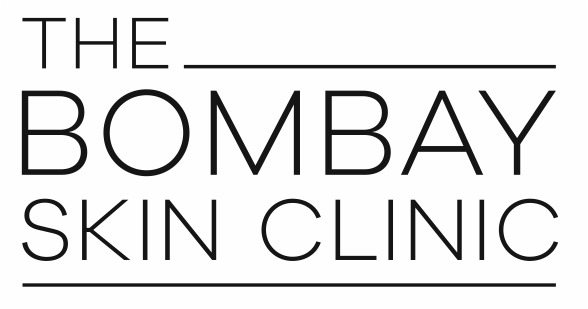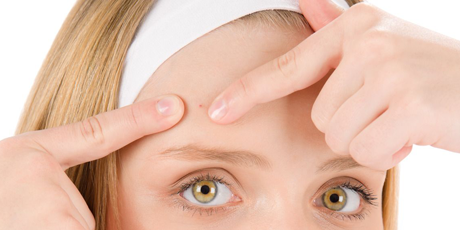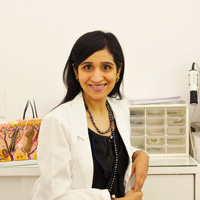Acne causes pimples or ‘zits’, spots and bumps which can be severe and quite painful. It is obvious mostly on face, and neck areas. Generally skin looks oily and blackheads and whiteheads can also be seen. Some people can have small scattered pimples and some may have pustules, large cysts or inflamed growths filled with pus. Scars from old acne can result in pigmentation, pitting and craters in the skin.
Appearance
Typically acne affected skin looks oily with red spots and pus-filled pimples. Whiteheads, blackheads and scars also may be present. Yellow or cream-white pus spots can look swollen, hot to touch, may burst discharging pus and crust over. Sometimes they can heal and subside without bursting. Acne appears on
- Face
- Back
- Shoulders, upper arms and neck
- Chest and trunk
- Buttocks
Scars and dark spots happen and some can be deep, especially with nodules and cysts.
Types of acne spots
There are commonly six types of acne lesions.
- Blackheads – Caused by small-size black or yellowish pimples.
- Whiteheads – Acne spots which are firmer with a white center.
- Cysts – Large size pus filled lesions resembling boils – almost always cause scars and quite painful.
- Papules – Tiny pimples looking red and feel sore/tender.
- Pustules – Bumps with pus filled center with a white head like tip.
- Nodules – Painful and bigger, lumpy spots developing under the skin and hard to feel.
Grades of acne
- Grade I – Mild with just blackheads, whiteheads and some pimples without any inflammation.
- Grade II – Moderate with numerous blackheads, whiteheads and more papules and pustules.
- Grade III – Moderate to severe with widespread spots including nodules and painful, red and inflamed skin.
- Grade IV – Most severe with pustules, nodules and painful cysts with involvement of back, chest and shoulders etc; known as cystic acne.
Side effects of acne
Even mild acne attacks can be distressing. Though acne is not a life threatening condition, it has far reaching impact because of the very physical manifestations. The pimples and cysts even after healing leave scars not just on the skin but deep down psychologically also. Acne can cause
- Low self-confidence and little self-esteem.
- Depression leading to social isolation and suicidal tendency.
- Pigmentation, dark spots, coarse skin.
- Scars, pitting and craters.
Seeking medical help
When your acne makes you feel unhappy, shy and self-conscious, it is time to seek medical attention. Some teenagers are so distressed with the painful cysts and permanent scarring that they feel that life is not worth living. With a good acne treatment, this condition can be brought under control. As a first step, you can try over-the-counter medicines and/or home remedies yourself. But if they are not effective, you need to consult your family physician and a dermatologist eventually.
-
- WebMD – Acne Health Center [Acne Symptoms] view
- US National Library of Medicine – National Institutes of Health [Acne vulgaris; Cystic acne; Pimples; Zits] view
- British Association of Dermatologists – Acne Resource view
- University of Maryland – Medical Center [Medical Reference – Acne] view
- American Academy of Dermatology – Acne: Tips for managing view


 Dr. Batul Patel is a celebrity dermatologist and the medical director of The Bombay Skin Clinic an award winning clinic located in South Mumbai & Bandra. She is a passionate and dedicated dermatologist with expertise in all fields of dermatology, trichology and aesthetic dermatology. She has been practicing for more than a decade. Her range of expertise include emsculpt NEO, coolsculpting, fillers, acne treatment, lasers, skin rejuvenation, hair loss, hair transplant, PRP & pigmentation treatments.
Dr. Batul Patel is a celebrity dermatologist and the medical director of The Bombay Skin Clinic an award winning clinic located in South Mumbai & Bandra. She is a passionate and dedicated dermatologist with expertise in all fields of dermatology, trichology and aesthetic dermatology. She has been practicing for more than a decade. Her range of expertise include emsculpt NEO, coolsculpting, fillers, acne treatment, lasers, skin rejuvenation, hair loss, hair transplant, PRP & pigmentation treatments.